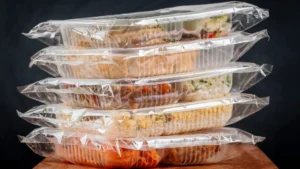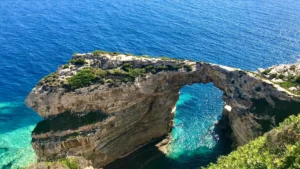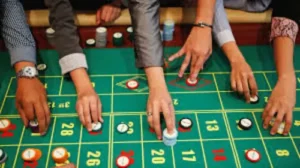For its small size, Singapore’s streets possess a wealth of history and culture more fitting for a country four times its size – from ethnic enclaves to historic colonial-era government buildings.
1.1. Colonial District Trail
Singapore’s modern history begins in the Colonial District, where Sir Stamford Raffles landed and built his British colony. A statue marks the spot where Raffles is said to have landed in 1819 – the Raffles Landing Site makes an excellent starting point for a tour of Singapore’s colonial enclave.
For an even better perspective on the Lion City, book a seat on the Singapore River Cruise and see Boat Quay, Raffles Place and Marina Bay from a classic “bumboat”. After your day-long tour of Singapore’s Colonial District, quaff a Singapore Sling at the Long Bar in the Raffles Hotel, Singapore’s most historic hotel where Somerset Maugham rested his head and Singapore’s last tiger was shot in 1902!
1.2. Singapore’s Museums
Singapore’s museums and art galleries house collections worthy of a nation that values its culture and history as much as it does its industry. Exhibits featuring the nation-state’s history can be found at places like the Asian Civilisation Museum, a series of galleries focusing on the material histories of Asia’s great cultures; and the Singapore National Museum, home to the nation’s eleven national treasures and several galleries celebrating both the country’s past and vibrant present.
Culture buffs have a lot to look forward to, including the National Art Gallery, opening in late 2015 and soon to be Singapore’s largest museum bar none; and the Singapore Pinacothéque de Paris, a showcase of international fine art that offers a unique voice in the region’s visual arts landscape.
1.3. Cultural Enclaves
Singapore’s ethnic enclaves were part of its design from the very beginning. Sir Stamford Raffles’ “Jackson Plan” established separate districts for the burgeoning colony’s major ethnic communities; Singapore’s Chinese, Indian, Malay, and Peranakan communities inhabit their respective enclaves to this very day.
From Chinatown’s clean shophouse- and temple-lined streets, to Little India’s markets full of sarees and spices; from Kampong Glam’s bazaars surrounding the majestic Sultan Mosque, to Joo Chiat’s vibrant Peranakan presence, each culture has its own corner of the city state where it feels right at home. To explore these individual cultures, you simply need to visit their respective ethnic enclave and get lost in their streets.







